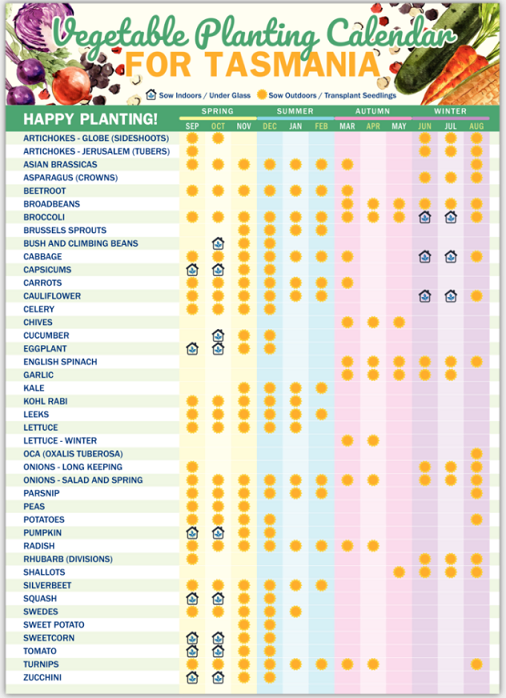
IT’S surprising how many of the most common vegetable disorders, diseases and even pests can be avoided by applying a little common sense right from the start.
A few days ago, I came across a broad bean patch that had been growing right through winter.
The plants were getting top-heavy, even as they were starting to flower.
Clearly by the time those big, fat, heavy pods start to form, the lot would be flopping over the ground.
All that was needed was a few wooden stakes driven in around the bed so strong twine could be stretched around and through the plants.
This is enough to provide good support for great yields.
However, I also noticed another common broad bean fungal problem that usually appears in late winter or early spring.
Rust disease, in the form of masses of brownish pustules, was beginning to spread over the leaves.
The major cause is overcrowding and the disease flourishes due to the stagnant air around and between the plants.
The soil had also become dry because of the plants’ proximity.
The only solution was a ruthless thinning, especially to remove the most seriously diseased plants.
All rust-infected debris must be burned or carted away.
Broad beans have a low need for high-nitrogen fertilisers, especially fish emulsion and poultry manure.
Being legumes, they can manufacture all the nitrogen they require by extracting it from the soil.
If grown in over-rich soil, broad bean plants become stressed and extra-soft.
This makes the youngest growing tips highly attractive to attacks from black aphids.
It helps if aphid colonies are sprayed with pyrethrum, a relatively safe, non-persistent contact killer of insects.
Over-rich soil can be reined-in by sprinkling sulfate of potash around vulnerable plants and watering it in.
Cabbages, especially tight ball-head varieties that have been growing through a cold, wet winter, often finish up infected with black rot disease.
It strikes where moisture has soaked in between tightly folded leaves and become stagnant.
That creates ideal conditions for black rot to develop, almost totally spoiling cabbages.
One solution where winters are cold and wet, is to grow relatively loose-leaf, conical varieties such as Sugarloaf or the crinkle-leaved Savoy.
Cabbages under stress due to poor drainage not only fail to fully develop, but often bolt uselessly to flower.
Others may come under attack from grey aphids. These pests form enormous, revolting colonies, often covering the undersides of leaves.
Pulling off badly infested leaves early helps control these aphids, but serious attacks are best controlled with a few squirts of pyrethrum.
The most common blunder when growing carrots is to sow the seeds into heavily manured soil — or even soil containing large amounts of organic matter.
These conditions — perfect for many other vegetables — cause carrot roots to develop abnormally.
Instead of roots growing straight down to develop into good, smooth carrots, they head in all directions.
The result is massively forked, grotesquely distorted carrots. They may still be edible, but are hard to prepare for the table so are usually wasted.
So, when sowing carrot seed, make sure to use ground that has not been fertilised for at least a year.
And don’t waste money buying punnets of carrot seedlings because they resent transplanting and usually bolt to seed.
Finally, if onion plants have been growing through winter and are beginning to go to seed, the cause is likely to be wrong timing or having planted over-mature seedlings.
Onion plants are influenced by changes of day-length that occurs in midwinter.
If seedlings have been growing for too long prior to June, the significant change from reducing daylight hours to an increasing day-length triggers flowering mechanisms.
That’s why they go to seed, a complete waste of time and garden space.
Always keep in mind that long-keeping onion seed is best sown — or tiny seedlings planted — just after the shortest day in the year.
-----------------------------------------------------------------------
Check out our Tasmanian Planting Calendar Fridge Magnet – A5 size only

A year-round guide for when to plant your veggies in Tasmania. Never lose your planting guide again with a convenient fridge magnet for secure attachment to any metal surface. This growing guide has been tried and tested by some of the best Gardener’s in Tasmania, and is specifically adapted to the Tasmanian climate.
Excellent Gift for any Tasmanian you know with green thumbs and who likes Peter Cundall as much as i do!
Make sure you follow the calendar and you will have a successful year of growing vegetables in Tasmania.
Price includes FREE SHIPPING Australia wide. BUY HERE